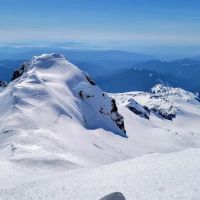Coleman Glacier Climbing Route Introduce
For experienced outdoor enthusiasts and aspiring mountaineers across Washington, the Coleman Glacier Climbing Route on Mount Baker represents a quintessential Pacific Northwest challenge and an unforgettable adventure. Located near Deming, WA, this is not a traditional campground where you pitch a tent for a leisurely weekend. Instead, it's the primary approach for summiting the majestic Komo Kulshan, or Mount Baker, a prominent stratovolcano in the Cascade Range. This route is renowned for its stunning glacial features, high-alpine beauty, and the profound sense of accomplishment it offers to those who successfully navigate its terrain.
The Coleman Glacier Climbing Route is arguably the most popular and accessible glaciated route on Mount Baker, attracting climbers from all over the Pacific Northwest and beyond. However, its popularity does not diminish its serious nature. It requires proper mountaineering skills, specialized equipment, and a thorough understanding of glacier travel, crevasse danger, and alpine conditions. This guide aims to provide Washington locals with a clear, engaging, and factual overview of what to expect from an expedition on the Coleman Glacier Climbing Route, emphasizing safety, preparation, and the awe-inspiring beauty that awaits.
We will delve into the approach, the types of terrain encountered, the dynamic nature of glacier conditions, and the essential considerations for anyone planning a summit bid. Our goal is to equip you with the knowledge necessary to safely and successfully experience this incredible high-altitude "campground" and climbing route, ensuring you are well-prepared for one of Washington's most iconic mountaineering adventures.
The Coleman Glacier Climbing Route is located near Deming, WA 98244, USA, deep within the Mount Baker Wilderness area of the Mt. Baker-Snoqualmie National Forest. This places it on the north side of Mount Baker, a prominent peak in the North Cascades. The approach typically begins from the Heliotrope Ridge Trailhead, which itself is accessible via a forest road from the general Deming area. While the trailhead is reachable by car, conditions on the forest roads can vary, and it's always advisable to check current road status before departure.
Accessibility to the Coleman Glacier Climbing Route involves a multi-stage process. First, climbers must drive to the Heliotrope Ridge Trailhead. From there, the initial part of the ascent follows the Heliotrope Ridge Trail through old-growth forest, gaining elevation as it passes through flower-filled avalanche chutes and over rocky moraines. Approximately 2.25 miles from the trailhead, the path forks, with the right fork leading specifically to the Coleman Glacier climbing route.
As the route gains elevation, the dense forest thins, eventually giving way to alpine meadows and the Hogsback, a moraine crest that leads to the toe of the Coleman Glacier. This transition marks the shift from hiking to technical mountaineering terrain. The route then traverses the Coleman Glacier itself, ascending towards the summit at Grant's Peak. It's crucial to understand that while the trailhead is accessible by vehicle, the actual "campground" and climbing route require significant physical exertion and wilderness travel. The best conditions for climbing are generally from late May to August, but snow levels and crevasse danger vary significantly with the season, dictating the length and technicality of the approach and glacier traverse.
The Coleman Glacier Climbing Route is not a traditional campground with established facilities. Instead, it offers designated high-altitude camping areas that are primitive and designed for mountaineers. The "services" provided are primarily natural features and essential wilderness amenities managed by the Forest Service, emphasizing self-sufficiency and Leave No Trace principles.
Designated Primitive Campsites: Overnight stays are permitted at specific, primitive camping areas along the route. These include the old Kulshan Cabin site at approximately 5,000 feet, the Hogsback at around 6,000 feet (just below Coleman Glacier), and even on the glacier itself at around 7,000 feet, and below the Black Buttes at 7,200 feet. These are not developed sites but rather designated zones where camping impact is minimized.
Backcountry Toilets: To manage human waste in this fragile alpine environment, backcountry toilets (pit or vault style) are available at specific locations, such as the old Kulshan Cabin site and Harrison Camp (at 4,800 feet). Proper use of these facilities, or packing out human waste with "blue bags" where toilets are not available, is mandatory.
Natural Water Sources: Flowing water from snowmelt and creeks is often accessible in the early and mid-season, particularly near the Hogsback (~5,700 ft). However, this water must be filtered or purified before consumption. Later in the season, or higher on the glacier, melting snow might be the only source of water.
Wilderness Regulations: While not a "service," the application of Mt. Baker Wilderness regulations is a critical aspect. These include restrictions such as "Hikers only" on certain trails, party size limits (typically 12 people), and "No campfires" (self-contained, carry-in stoves are allowed). Adherence to these regulations is essential for preserving the wilderness character.
Voluntary Climbing Register: The Forest Service does not require permits for climbing Mt. Baker, but they strongly advise all climbing parties to register voluntarily. This provides valuable information in case of an emergency and is a crucial safety measure.
Recreation Pass Requirement: A valid Recreation Pass (such as a Northwest Forest Pass) is required to park at the Heliotrope Trailhead.
The Coleman Glacier Climbing Route offers an array of breathtaking features and highlights that make it a truly remarkable and challenging mountaineering experience in Washington.
Majestic Mount Baker Summit: The ultimate highlight is the opportunity to summit Mount Baker (Grant's Peak), standing at 10,778 feet. The panoramic views from the top, encompassing the surrounding Cascades, are truly unforgettable.
Stunning Glacier Scenery: The route traverses the Coleman Glacier, one of the most heavily glaciated peaks in the lower 48 states. Climbers will experience the surreal beauty of ice formations, crevasses, and seracs, particularly around the Roman Wall and Colfax Peak.
"Unreal Beauty with Glacier, Flowers, and Creeks": As noted by reviewers, the approach transitions from lush old-growth forest to vibrant, flower-filled alpine meadows and then onto the stark, beautiful glacier, all framed by "the majestic Baker" itself. Flowing creeks provide natural beauty and water sources in the lower sections.
Dynamic Conditions and Technical Challenge: The route's conditions constantly change with the season. Early season offers lower crevasse danger but longer snow approaches, while later season makes the approach easier but increases crevasse risk. This dynamic environment provides a continuous technical challenge for climbers, requiring adaptability and skill.
Glacier Travel and Crevasse Navigation: The Coleman Glacier involves significant glacier travel, demanding proper mountaineering skills, including roped travel, crevasse rescue techniques, and route finding to safely navigate around or across crevasses. This is a core feature that attracts climbers seeking to build or utilize these skills.
High-Altitude Camping: Camping at sites like the Hogsback or higher on the glacier offers a unique high-alpine experience, with incredible sunrise/sunset views and the solitude of being above treeline.
Training Ground for Mountaineering: The Coleman-Deming route (which utilizes the Coleman Glacier) is often cited as an excellent entry-level glacier climb and a fantastic training ground for developing glacier travel and mountaineering skills for more advanced objectives.
Photography Opportunities: The dramatic landscapes, unique glacial features, and expansive views provide unparalleled opportunities for outdoor and adventure photography.
For those planning an ascent of Mount Baker via the Coleman Glacier Climbing Route, it's vital to gather up-to-date information and understand the necessary contacts for safety and planning. As this route falls within the Mt. Baker-Snoqualmie National Forest, the primary contact points are typically the local Ranger Districts and the Glacier Public Service Center.
Address: Deming, WA 98244, USA (This is the general area for the Heliotrope Ridge Trailhead, which is the starting point for the Coleman Glacier route.)
For detailed and current information regarding trail conditions, snow levels, crevasse danger, weather forecasts, and any specific wilderness regulations or advisories, contacting the relevant U.S. Forest Service offices is paramount.
Glacier Public Service Center: (360) 599-2714
This center is often the best initial point of contact for climbers headed to Mount Baker via the northern routes. They can provide specific details about the Heliotrope Ridge Trail and the Coleman Glacier.
Mt. Baker Ranger District Office: (360) 856-5700
This is the broader ranger district responsible for the management of the Mount Baker Wilderness area. They can offer general information, wilderness regulations, and potentially connect you with resources for trip planning.
It is also highly recommended to consult the official USDA Forest Service website for the Mt. Baker-Snoqualmie National Forest and reputable mountaineering weather forecast sites (like Mountain-Forecast.com for Mount Baker) and current condition reports from local climbing organizations (such as The Mountaineers or guide services like Alpine Ascents International) before embarking on your trip. These resources will provide critical real-time updates on route conditions, potential hazards, and recommended gear.
The Coleman Glacier Climbing Route is exceptionally well-suited for Washington locals who possess a passion for mountaineering, a desire for challenging outdoor experiences, and a deep appreciation for the state's iconic glaciated peaks. This isn't a casual "campground" but rather a serious undertaking that rewards prepared and skilled individuals with unparalleled views and a profound connection to the wilderness.
For Washingtonians, Mount Baker is a sentinel of the North Cascades, and ascending it via the Coleman Glacier is a rite of passage for many. The route offers an accessible entry point into glacier mountaineering, allowing locals to develop and hone critical skills such as roped travel, crevasse rescue, and alpine navigation in a relatively controlled, yet challenging, environment. The seasonal variations in crevasse danger mean that local climbers can return year after year, experiencing different conditions and continuously refining their abilities.
The "unreal beauty" mentioned by reviewers—the majestic presence of Baker, surrounded by glaciers, wildflowers, and flowing creeks—is a testament to the natural splendor that Washington locals have right in their backyard. This route allows for an intimate experience with Washington's high alpine ecosystems, from ancient forests to barren moraines and expansive icefields. It provides an escape from urban life into a realm where nature's power and beauty are on full display.
Furthermore, the emphasis on preparation, self-sufficiency, and adherence to wilderness regulations aligns perfectly with the ethos of responsible outdoor recreation prevalent among Washington's outdoors community. The need for proper mountaineering skills and tools ensures that those venturing onto the Coleman Glacier are serious about safety and preserving the pristine environment.
In conclusion, the Coleman Glacier Climbing Route offers Washington locals a premier mountaineering experience that is both physically demanding and incredibly rewarding. It's a place to test one's limits, build essential alpine skills, and witness some of the most breathtaking glaciated scenery in the lower 48 states. For the adventurous spirit in Washington, this is more than a climbing route; it's a profound journey into the heart of their wild and beautiful backyard.
Coleman Glacier Climbing Route Photos
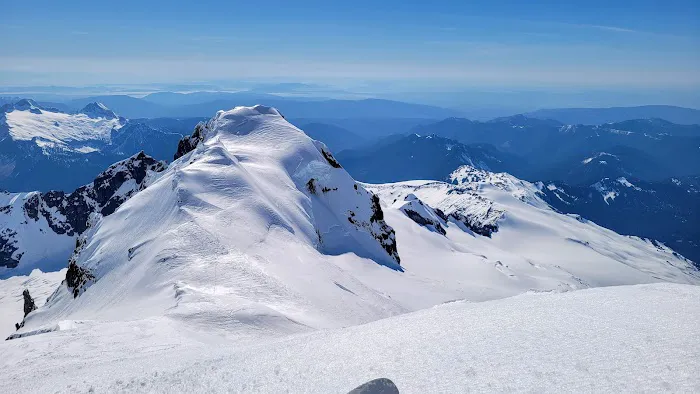
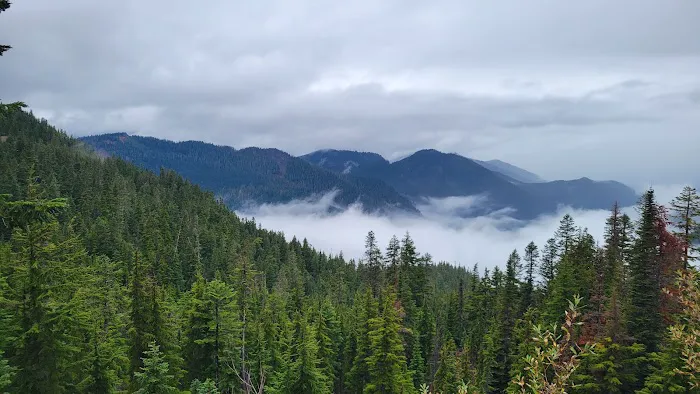
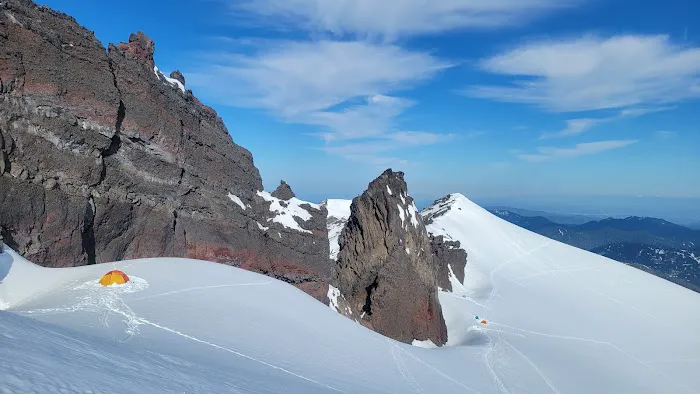
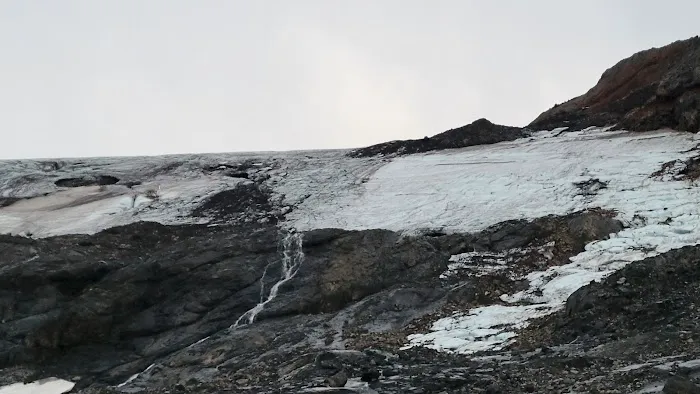
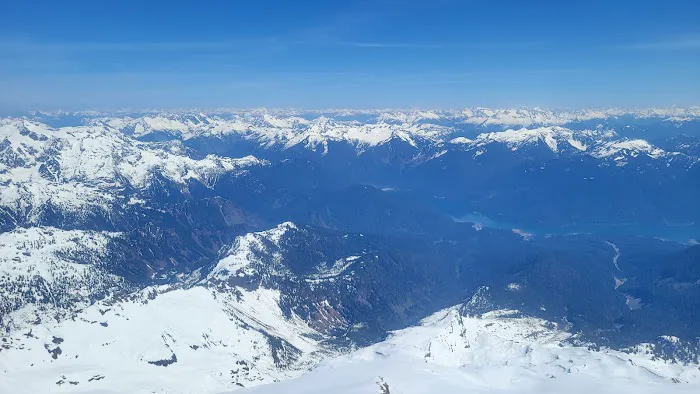
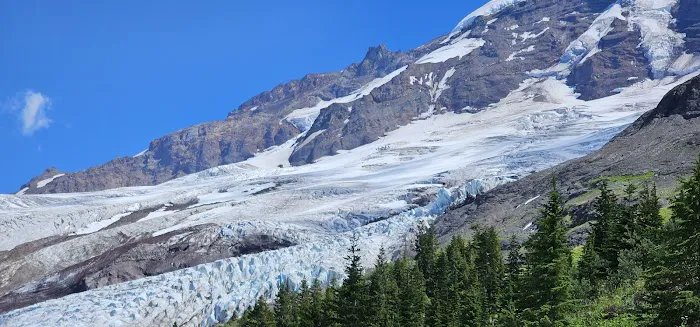
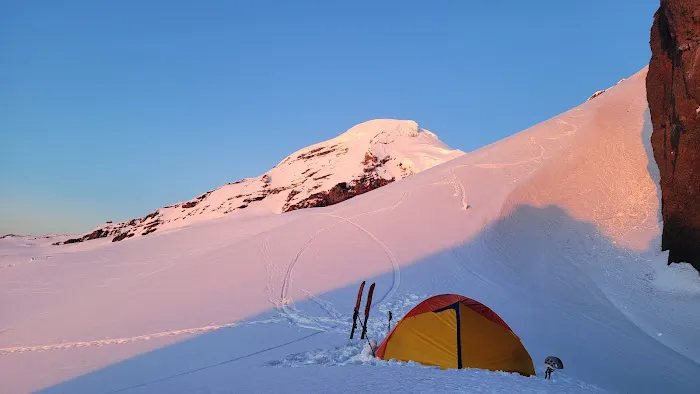
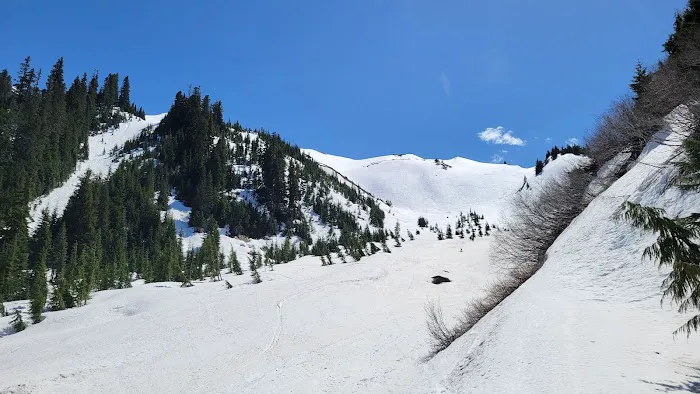
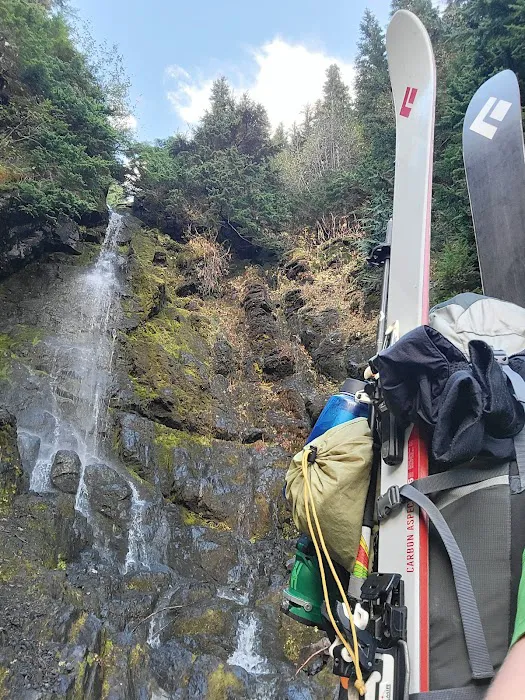
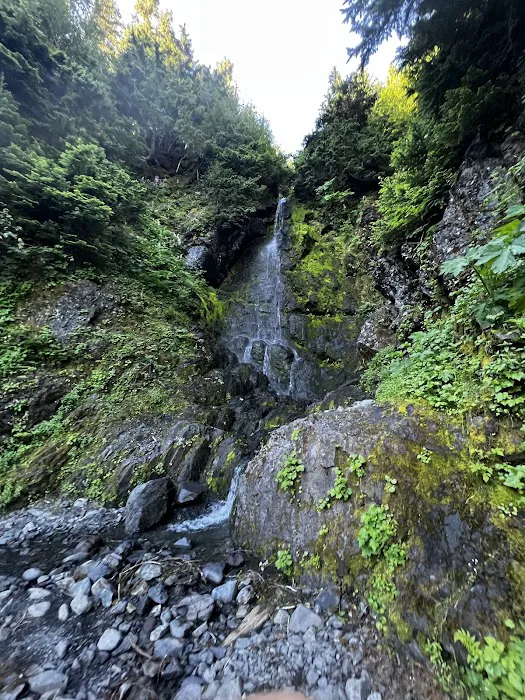
Coleman Glacier Climbing Route Location
Coleman Glacier Climbing Route Reviews
Great approach for a summit bid. Although be aware of the snow levels and conditions. If it’s early season the crevasse danger is super low but the actual approach will be longer. As the season progresses the approach will become easier but the crevasse danger increases. Come prepared with the proper mountaineering skills and tools needed.
April 18 · Cameron GriffinUnreal beauty with glacier,flowers and creeks around the majestic Baker!
August 03 · Jegook LeeYes, it is the trailhead for some Mt. Baker climbing routes (north and west aspects)! There is a typical trailhead bathroom here. No running water, unless you count the many streams you will cross on the approach.
June 24 · Paul BongaartsNice area to stop at and take photos of Mount Baker and surrounding area.
November 01 · Robert Alberg- September 25 · Luc Gensler
More Camping Near Me
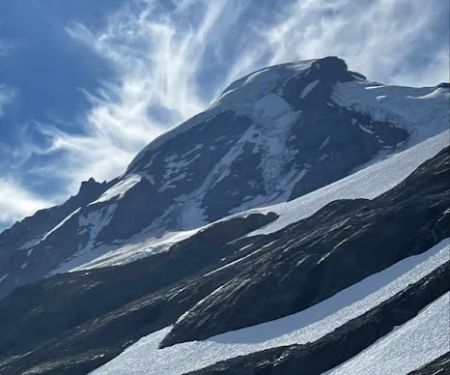 Hogsback Camp5.0 (3 reviews)
Hogsback Camp5.0 (3 reviews)Marblemount, WA 98244, USA
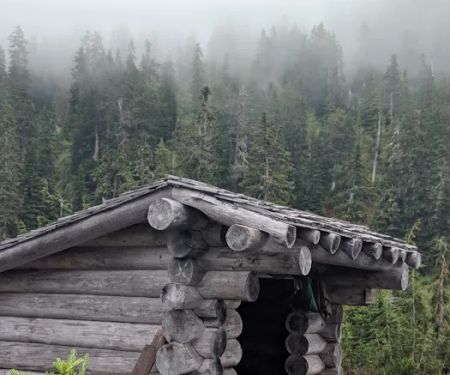 Mazama Camp Shelter4.0 (4 reviews)
Mazama Camp Shelter4.0 (4 reviews)Deming, WA 98244, USA
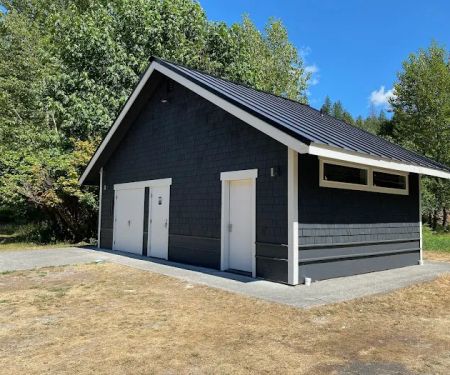 Mt Baker RV Park & Campground4.0 (28 reviews)
Mt Baker RV Park & Campground4.0 (28 reviews)10443 Mt Baker Hwy, Deming, WA 98244, USA
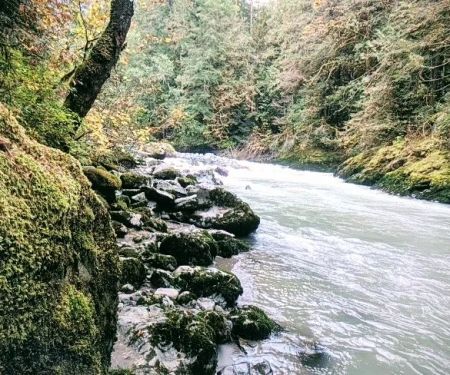 Douglas Fir Campground4.0 (111 reviews)
Douglas Fir Campground4.0 (111 reviews)Mt Baker Hwy, Deming, WA 98244, USA
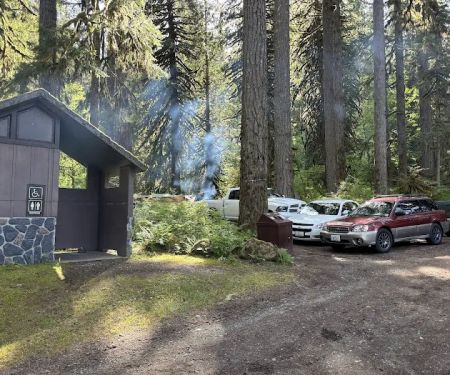 Boulder Creek Campground4.0 (76 reviews)
Boulder Creek Campground4.0 (76 reviews)Baker Lake Rd, Concrete, WA 98237, USA
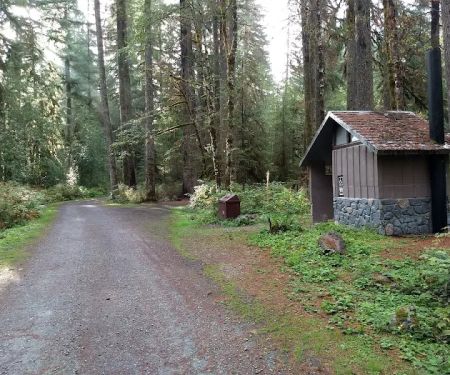 Park Creek Campground4.0 (39 reviews)
Park Creek Campground4.0 (39 reviews)Concrete, WA 98237, USA
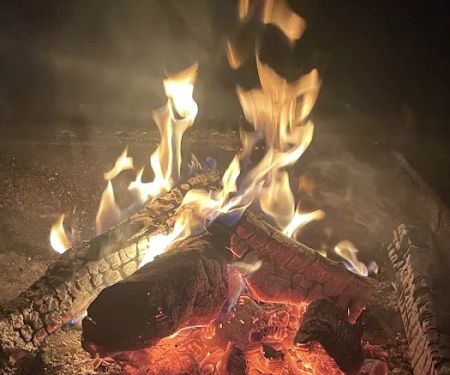 Silver Fir Campground4.0 (48 reviews)
Silver Fir Campground4.0 (48 reviews)Mt Baker Hwy, Deming, WA 98244, USA
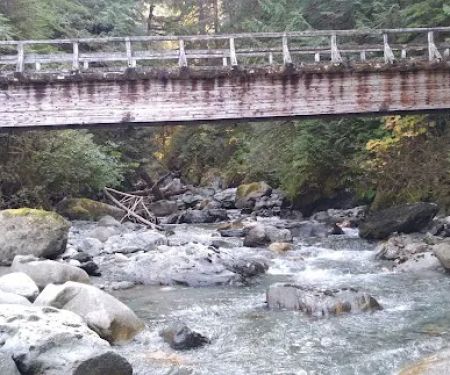 Panorama Point Campground4.0 (96 reviews)
Panorama Point Campground4.0 (96 reviews)Baker Lake Rd, Concrete, WA 98237, USA
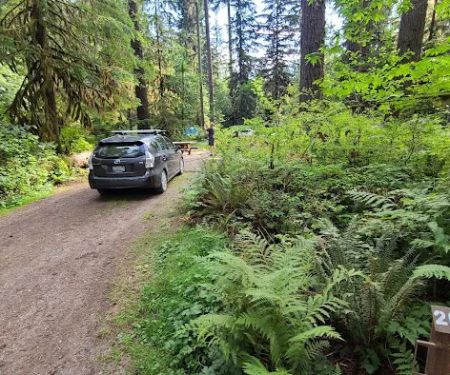 Swift Creek Campground4.0 (194 reviews)
Swift Creek Campground4.0 (194 reviews)Baker Lake Rd, Concrete, WA 98237, USA
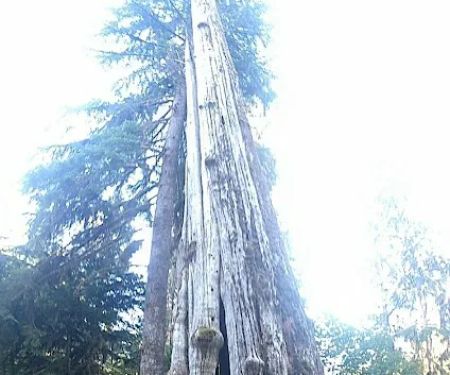 Bayview Campground4.0 (51 reviews)
Bayview Campground4.0 (51 reviews)NF-1118, Concrete, WA 98237, USA
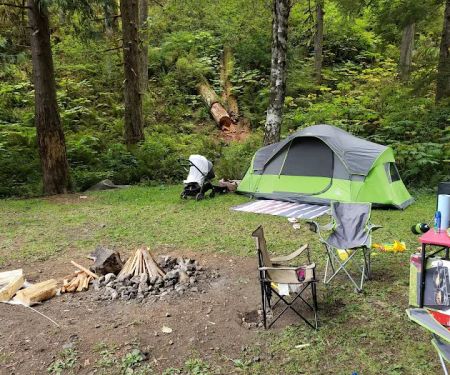 Depression Lake Campground4.0 (45 reviews)
Depression Lake Campground4.0 (45 reviews)Concrete, WA 98237, USA
 Bayview North Campground3.0 (12 reviews)
Bayview North Campground3.0 (12 reviews)Concrete, WA 98237, USA
Categories
Top Visited Sites
 Wolverine ATV Trailhead Campground4.0 (5 reviews)
Wolverine ATV Trailhead Campground4.0 (5 reviews)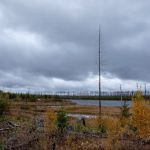 Marathon Lake Campsite - Powwow Trail4.0 (1 reviews)
Marathon Lake Campsite - Powwow Trail4.0 (1 reviews)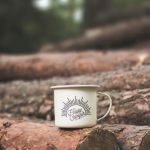 Kv's Rv Park3.0 (136 reviews)
Kv's Rv Park3.0 (136 reviews)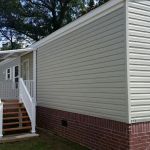 Memphis RV Park Summer Manor3.0 (91 reviews)
Memphis RV Park Summer Manor3.0 (91 reviews) Bevan - 1 Magnolia Court0.0 (0 reviews)
Bevan - 1 Magnolia Court0.0 (0 reviews) Country Oaks Mobile Home Park | Hampton, GA3.0 (13 reviews)
Country Oaks Mobile Home Park | Hampton, GA3.0 (13 reviews)Top Camping Searches
Trending The Campfire Posts
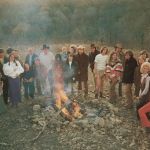 Campfire Songs from Around the World – Discover Cultural Traditions
Campfire Songs from Around the World – Discover Cultural Traditions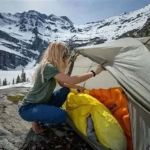 Best Camping Sleeping Bags for Cold Weather - Stay Warm in Extreme Conditions
Best Camping Sleeping Bags for Cold Weather - Stay Warm in Extreme Conditions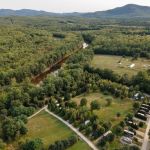 Top 10 Family-Friendly Campgrounds in National Parks
Top 10 Family-Friendly Campgrounds in National Parks Tips for Camping in Hot and Humid Environments Without Losing Comfort
Tips for Camping in Hot and Humid Environments Without Losing Comfort How to Make Campfire Cinnamon Sugar Tortillas – A Sweet Outdoor Favorite
How to Make Campfire Cinnamon Sugar Tortillas – A Sweet Outdoor Favorite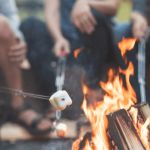 How to Build a Campfire for Night Fishing Trips Like a Pro
How to Build a Campfire for Night Fishing Trips Like a Pro
